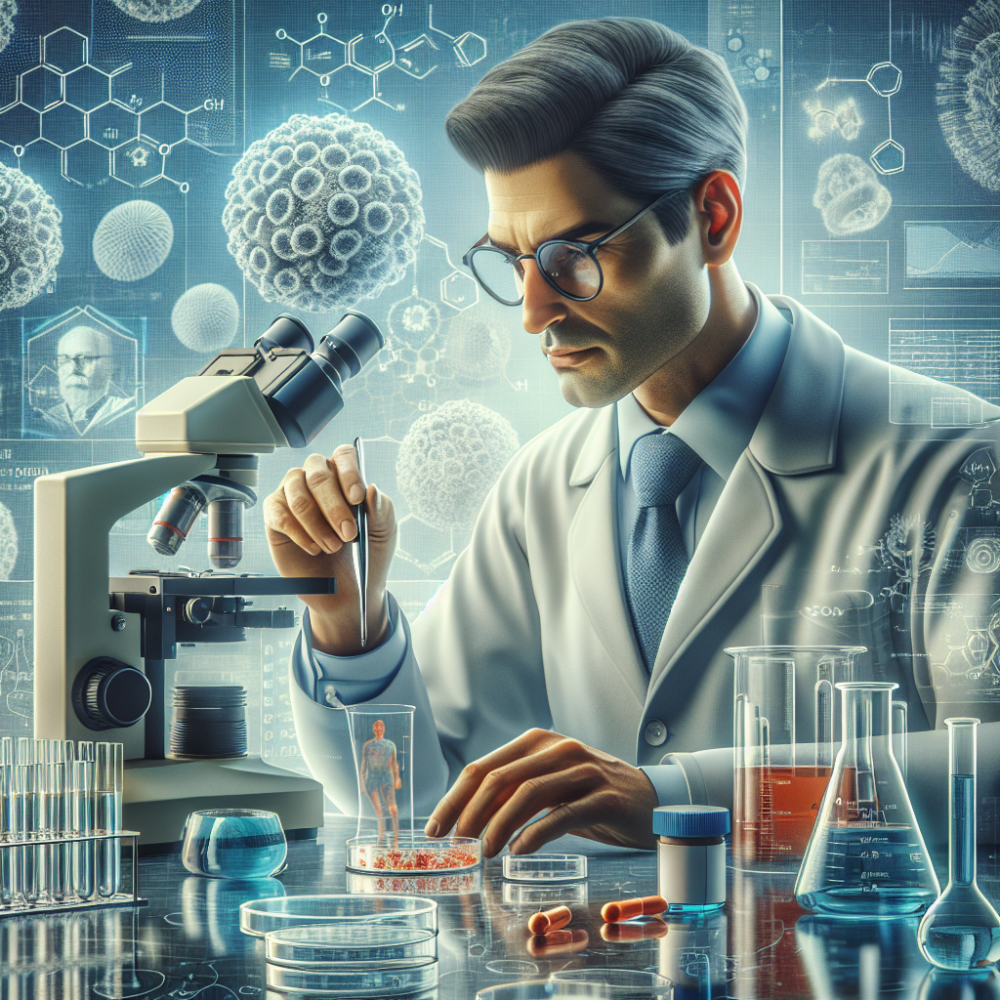Essentials of Navigating the Drug Discovery Process

Posted on: Sunday, March 3rd, 2024
The journey of drug discovery and development is a complex, costly, and time-consuming endeavor, crucial for advancing healthcare. It begins with identifying potential targets for a disease and ends with a drug's approval by regulatory bodies after rigorous testing for safety and efficacy. The process involves a multidisciplinary approach, combining biological science, chemistry, and pharmacology to find effective treatments for various diseases. With advancements in technology and understanding of diseases at the molecular level, the drug development landscape is continuously evolving, aiming for more precision, efficacy, and safety in new therapeutics.
1. Understanding Disease Biology: The first step in drug development involves thorough research into the biology of the disease. Scientists study disease mechanisms and identify possible molecular or genetic targets for potential drugs. This foundational knowledge is critical for the subsequent stages of drug discovery.
2. Hit Identification: Using high-throughput screening, researchers test thousands of compounds to find those with the desired biological activity against the disease target. This stage requires significant technological resources and expertise in biochemistry to identify promising "hits" that could become potential drugs.
3. Lead Optimization: Hit compounds undergo optimization to improve their efficacy, reduce potential side effects, and enhance their pharmacokinetic properties. This phase involves iterative cycles of synthesis and testing to refine the chemical structure of the compounds.
4. Preclinical Testing: Before testing new compounds in humans, rigorous preclinical studies are conducted to assess their safety, toxicity, pharmacokinetics, and efficacy in animal models. This stage is crucial for determining a compound’s potential as a safe and effective drug.
5. Phase I Clinical Trials: The first phase of clinical testing involves a small number of healthy volunteers to evaluate the drug’s safety profile, determine the appropriate dosage, and study its pharmacological effects. Phase I trials are an essential step in assessing the feasibility of further clinical development.
6. Phase II Clinical Trials: This phase tests the drug's efficacy on a larger group of participants who have the target disease or condition. It also continues to evaluate the drug's safety and helps to establish the optimal dose for maximal efficacy with minimal side effects.
7. Phase III Clinical Trials: Conducted on a large scale, these trials compare the new drug's effectiveness against the current standard treatment. Phase III trials provide comprehensive data on the drug’s efficacy, benefits, and range of possible adverse reactions.
8. Regulatory Review and Approval: With positive results from Phase III trials, drug developers submit a New Drug Application (NDA) to regulatory agencies such as the FDA in the United States. This step involves a thorough review of all the drug's research and trial data before it can be approved for public use.
9. Post-Marketing Surveillance: After a drug is approved and marketed, ongoing surveillance monitors its performance in the real world. This phase ensures long-term efficacy and safety, gathering further evidence on the drug’s impact on different populations.
10. Continual Research and Development: The drug development process doesn't stop at approval. Pharmaceutical companies routinely engage in further research to explore additional indications for the drug, refine its formulations, and enhance its delivery mechanisms, ensuring the drug remains effective and competitive in the market.
The drug development process reflects a commitment to advancing healthcare through rigorous science and innovation. This complex journey from concept to market requires not only a deep understanding of disease biology but also a commitment to safety and efficacy through every stage of research and testing. As technologies and methodologies advance, the future of drug development holds the promise of more targeted and effective therapies, reducing the burden of disease and improving quality of life for patients worldwide.